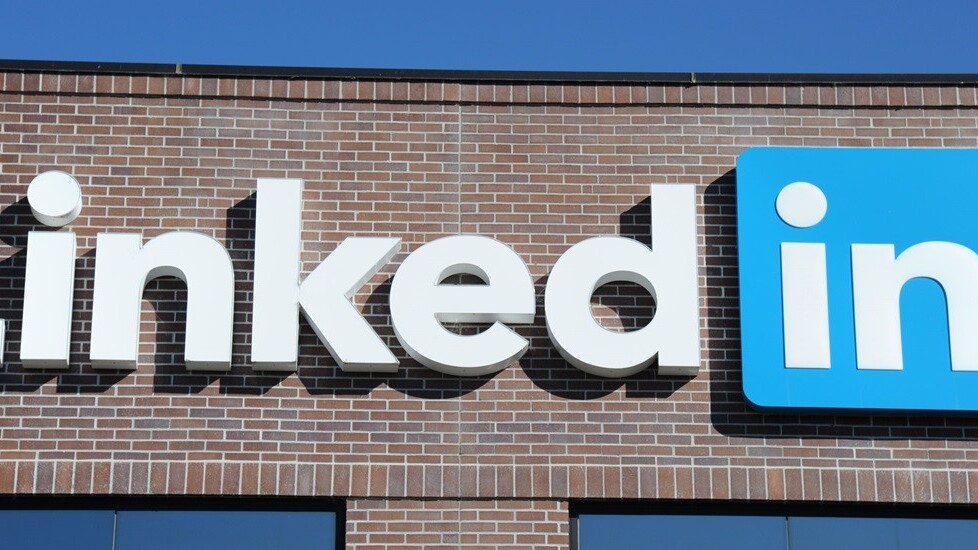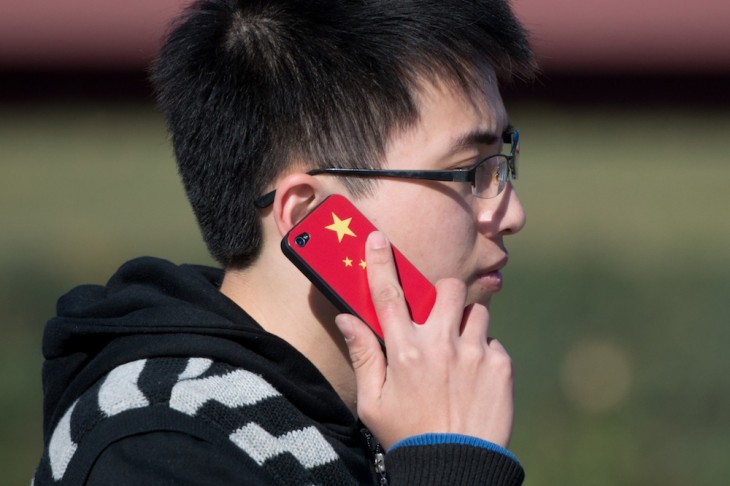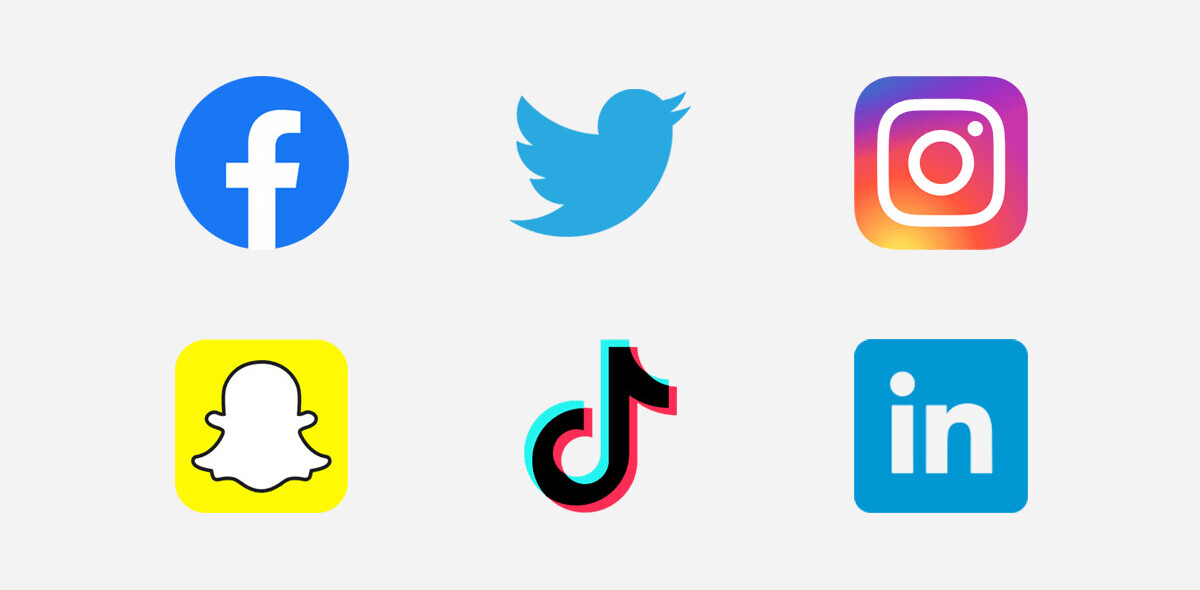
LinkedIn has been growing rapidly in Asia-Pacific, as it announced today that it just crossed 50 million registered users in the region — that’s nearly triple the number in less than three years. The company opened its regional center in Singapore in May 2011.
Last year, more than seven million new members joined the network in India alone, while across the Southeast Asia region its userbase jumped more than 50 percent to reach over nine million.
Today, nine countries in Asia-Pacific have more than a million LinkedIn members each — India has 24 million users, Australia has five million, China has about four million, Indonesia and the Philippines have over two million each, while Japan, Singapore, Malaysia and New Zealand each number more than one million.
Hari Krishnan, LinkedIn’s managing director of Asia-Pacific and Japan, tells TNW in an interview that it’s because of its “members-first” approach that its partners in the ecosystem — including users, recruiters and companies — can get value out of its service.
When you look at our members, they look at achieving three objectives on LinkedIn. LinkedIn is their professional profile on record. The second thing is that they look to maintain and develop a professional network, (and) the third is that they try to gain professional knowledge… If you think about these three ways that people are using LinkedIn, that’s why we’ve had more and more people sign up.
Educational content for young Asian professionals
Krishnan notes that LinkedIn has, in particular, placed a lot of emphasis on the third element as it seeks to help professionals consume relevant content. To date, the career-focused social network has 1.5 million publishers who get their content posted up, as well as over 450 LinkedIn Influencers. Given that there is a high percentage of young people in the workforce in Asia’s emerging markets, this means professionals are trying to learn and “that’s a good opportunity for them to use LinkedIn,” Krishnan says.
In particular, as Asia increasingly becomes a key part of the global economy, this has allowed young professionals in the region to understand what is going on in the rest of the world.
The fastest-growing demographic on LinkedIn is students, Krishnan notes — there are over 30 million students on the network now, out of a global userbase of 277 million, and thousands of universities have created pages on the platform. He says that students are an important avenue of growth for LinkedIn.
This is also key for Asia, given that LinkedIn’s immediate focus is on knowledge workers — professionals and students who are entering the workforce — and Krishnan says 40 percent of this audience resides in Asia.
“Even though we have 50 million members, there’s a long runway ahead in terms of how we can grow… If you look at Southeast Asia and North Asia, there’s a lot of space to grow. And even though we have 24 million members in India, there are lots more [potential members],” Krishnan acknowledges.
The launch of University Pages on LinkedIn last year has also contributed to LinkedIn’s membership growth in Asia and will continue playing a key role in the company’s regional expansion, Krishnan notes.
“Universities are such an important stakeholder in the global economy,” Krishnan says, and LinkedIn can in turn give them more information about what companies are looking for in their future employees.
LinkedIn zooms in on mobile
Mobile is another area in which LinkedIn has focused on, which has in turn benefited its Asia expansion — considering that the region is undergoing a mobile revolution. Roughly half of the world’s mobile connections are now in Asia Pacific, with some 1.6 billion unique subscribers, according to a report last year from the GSM Association.
“In Asia, mobile leads the way – and if you look at 2013, we have expanded our mobile offerings significantly,” Krishnan says. In total, LinkedIn has three apps for consumers — the core app for mobile devices, LinkedIn Contacts, as well as a professional news app LinkedIn Pulse.
As of the fourth quarter last year, mobile represents 41 percent of all traffic to LinkedIn. In the meantime, as of October 2013, more than 10 people searches are done every second from mobile devices, while over 124 LinkedIn profiles are viewed every second on handsets, and more than 30 percent of LinkedIn job views come from mobile.
As LinkedIn is trying to understand what tools professionals are using in each market, some of the company’s moves have also been tailored to its Asia audience. For example, LinkedIn built an application for the Nokia Asha platform, which is targeted at India and Indonesia.
Early days for LinkedIn China
Regarding competition, Krishnan acknowledges that there are competing services (such as those listed here), but LinkedIn isn’t focused on them — instead it’s concentrating its efforts on customers and improving the site so their users have no reason to head elsewhere.
This leads us to China, the country where LinkedIn already has over four million members despite not having a localized language site.
“We want you to think of us whenever you need some sort of assistance,” Krishnan says — for example by looking up a LinkedIn profile of a prospective employee, looking up a company before you head to an interview, or looking up news that a particular company has shared before you embark on a sales pitch.
LinkedIn made a move in the country last month with the appointment of Derek Shen, the founder and former CEO of Chinese Groupon-like group-buying site Nuomi, as the president of LinkedIn China. A recent WeChat update also revealed that the wildly-popular messaging service has integrated profiles from the network.
Krishnan emphasizes that it’s still early days in China — though the country is “absolutely important” to LinkedIn. Developing further in China therefore seems to be a key chapter for LinkedIn this year, and could propel its growth further.
Challenges in Asia
With LinkedIn’s focus on mobile and appealing to young professionals — who make up a huge part of the workforce in Asia — it is little wonder that it is posting steady growth in the region.
The challenge that comes next for LinkedIn would likely be keeping its users engaged enough to turn to the social network frequently, and tapping on stakeholders such as companies, universities, marketers and recruiters to make more use of it. In essence, LinkedIn needs to provide enough value for its users — which means it has to relentlessly improve on its features. And it will be interesting to see how the Asian market responds to LinkedIn’s efforts, as it strives to ingrain itself further into this burgeoning circle of students and young professionals across the region.
Headline image via Ben Scholzen / Flickr, other images via Getty Images, Getty Images and Getty Images
Get the TNW newsletter
Get the most important tech news in your inbox each week.







